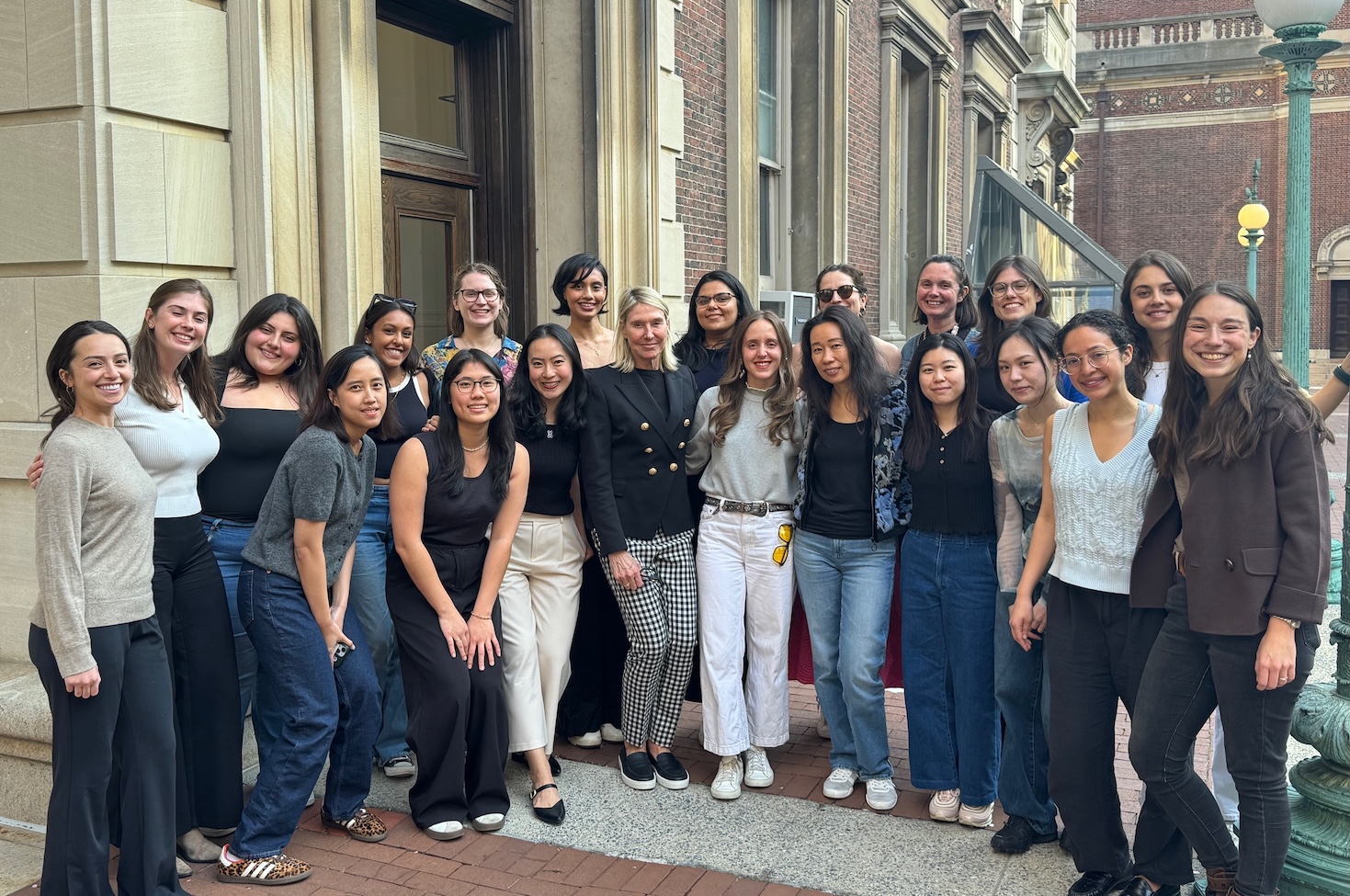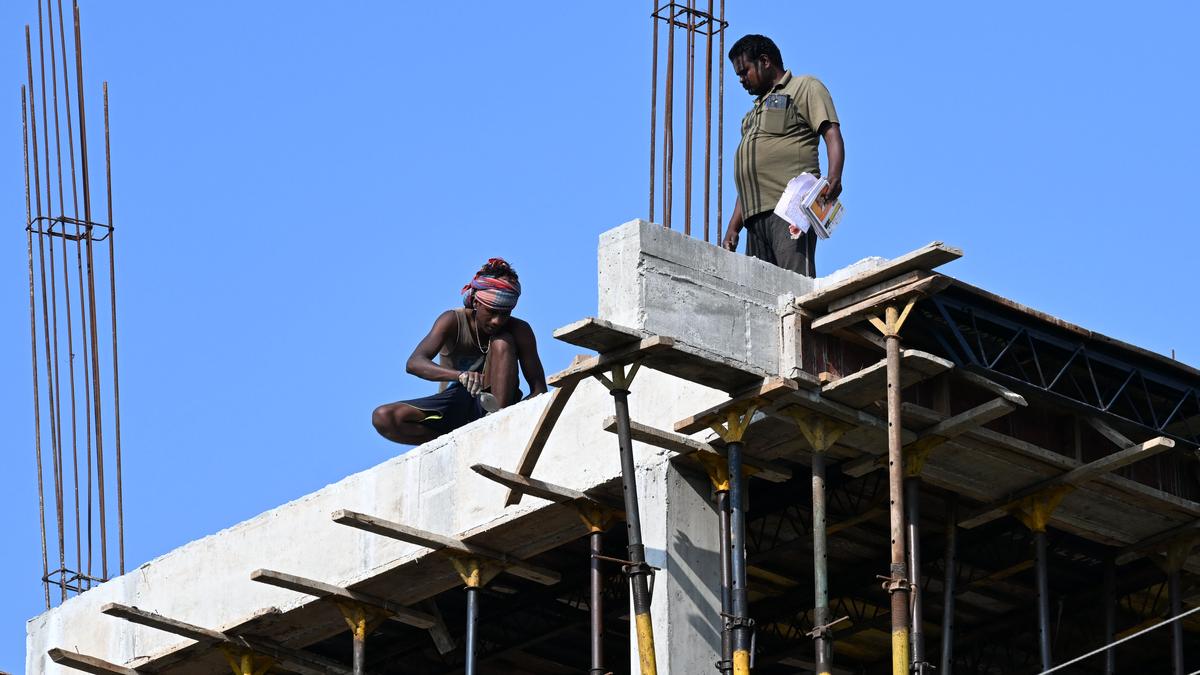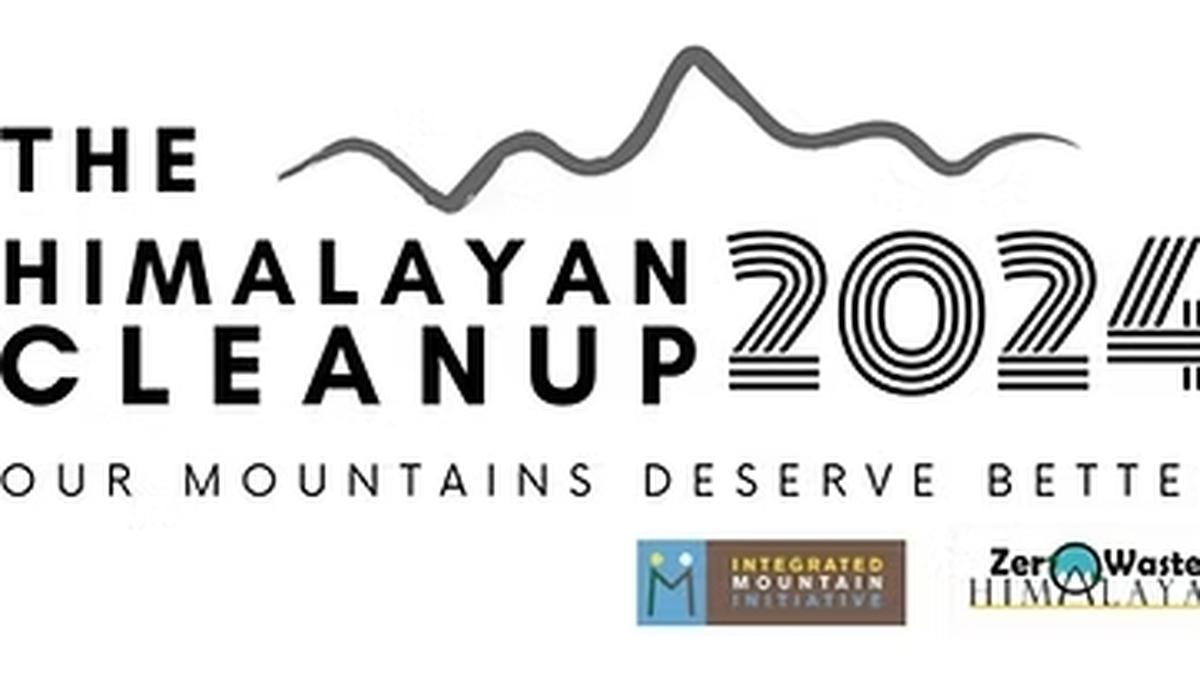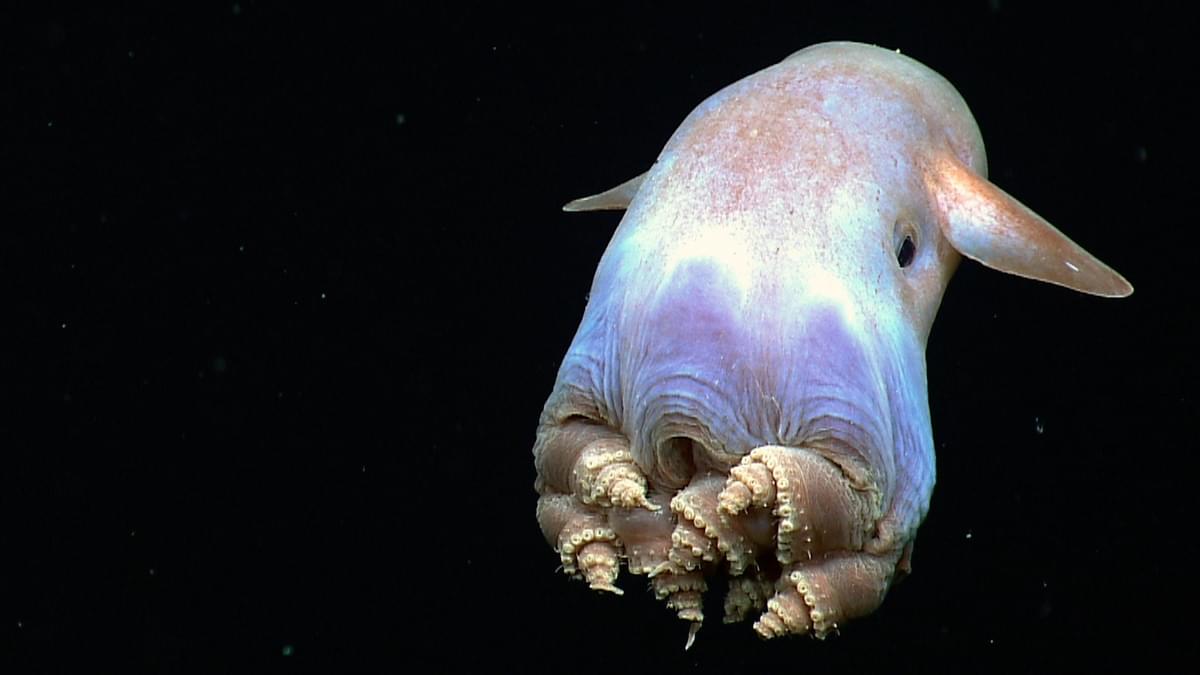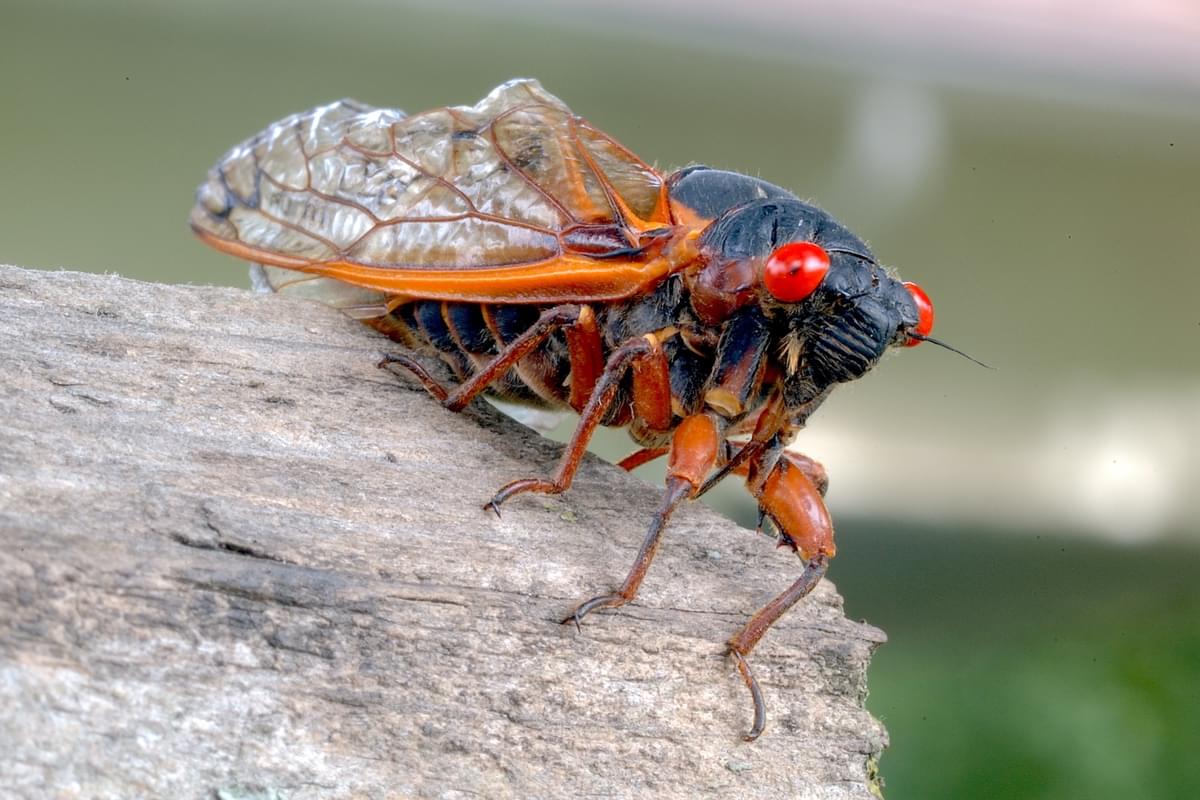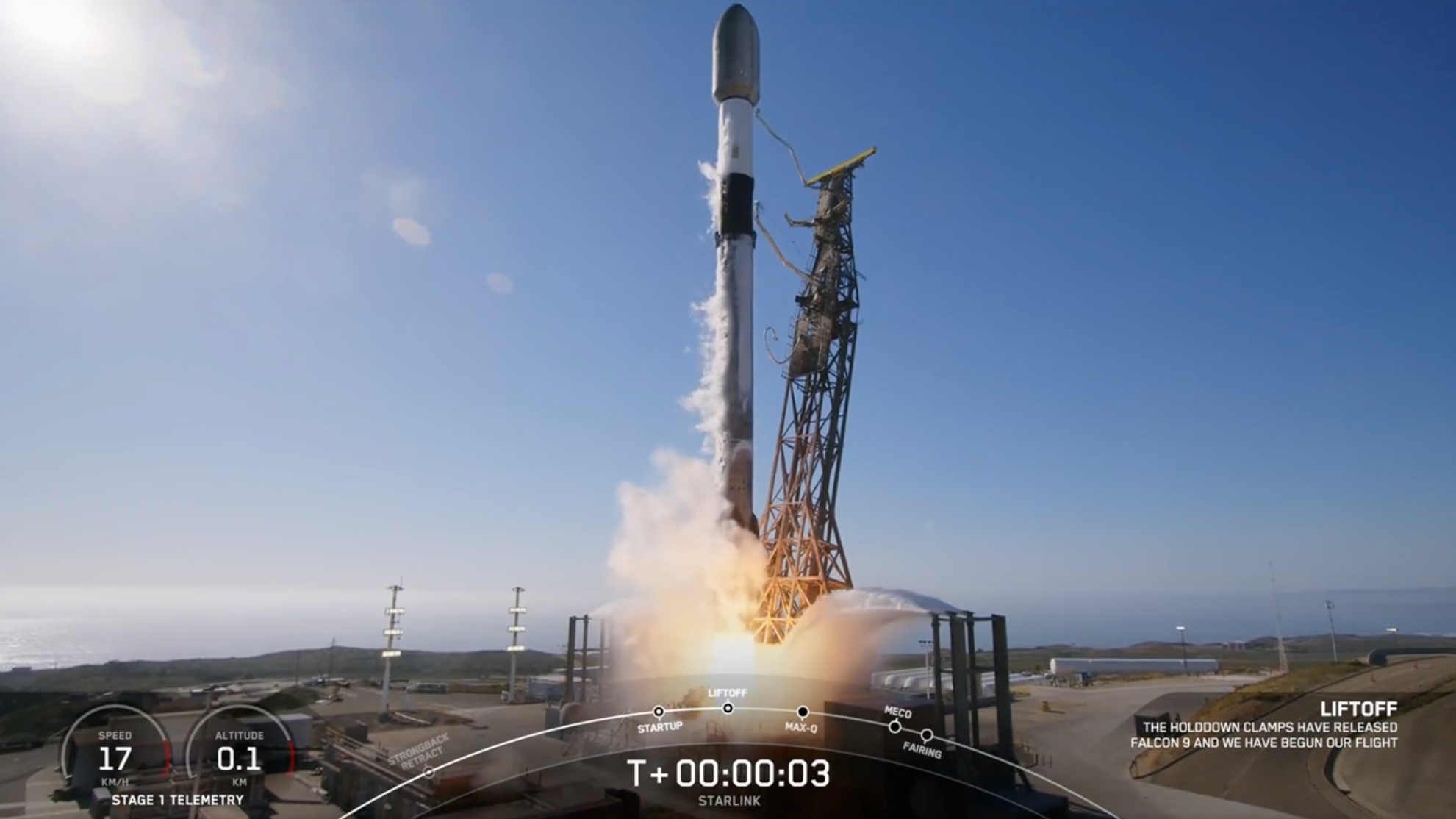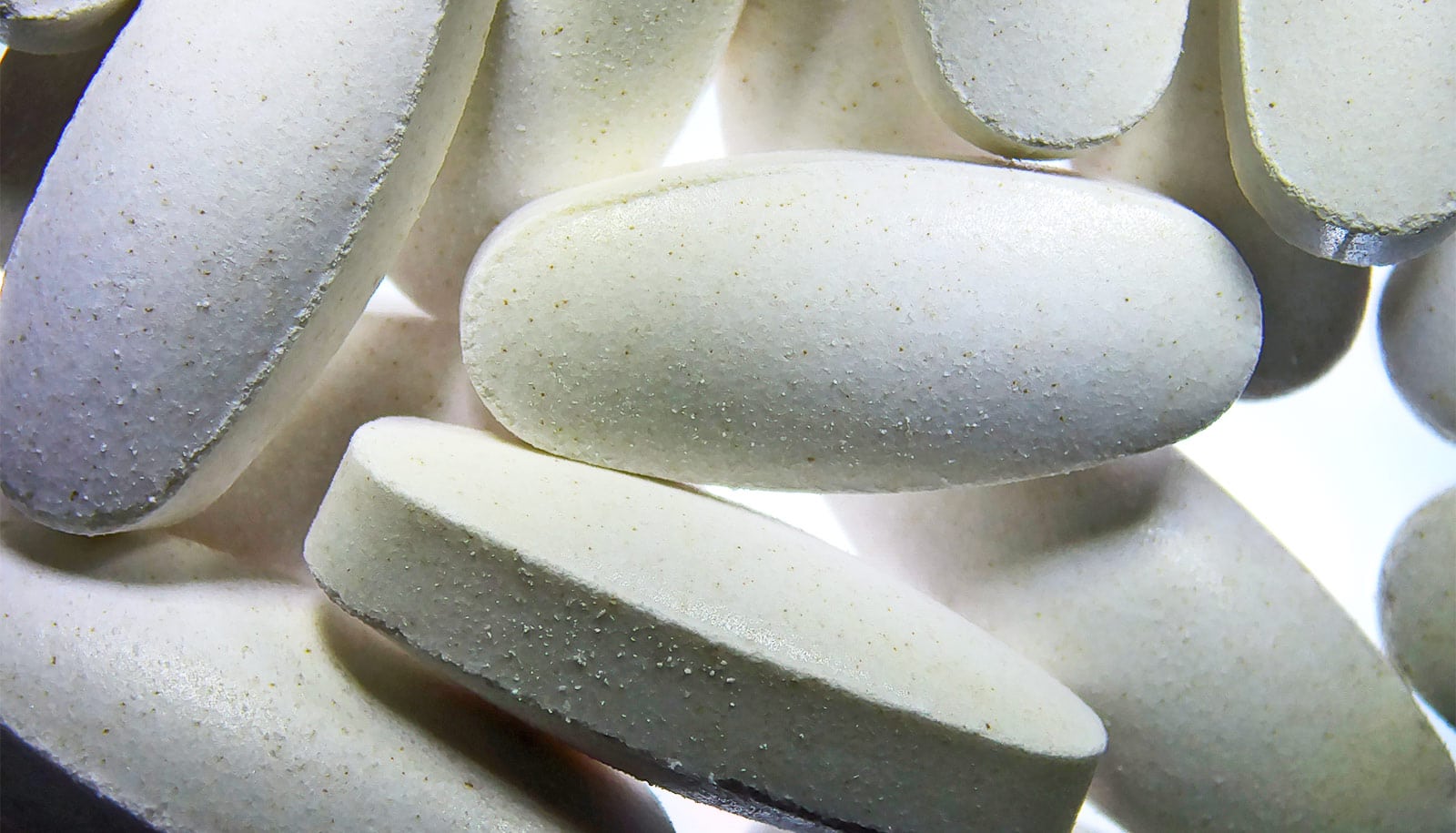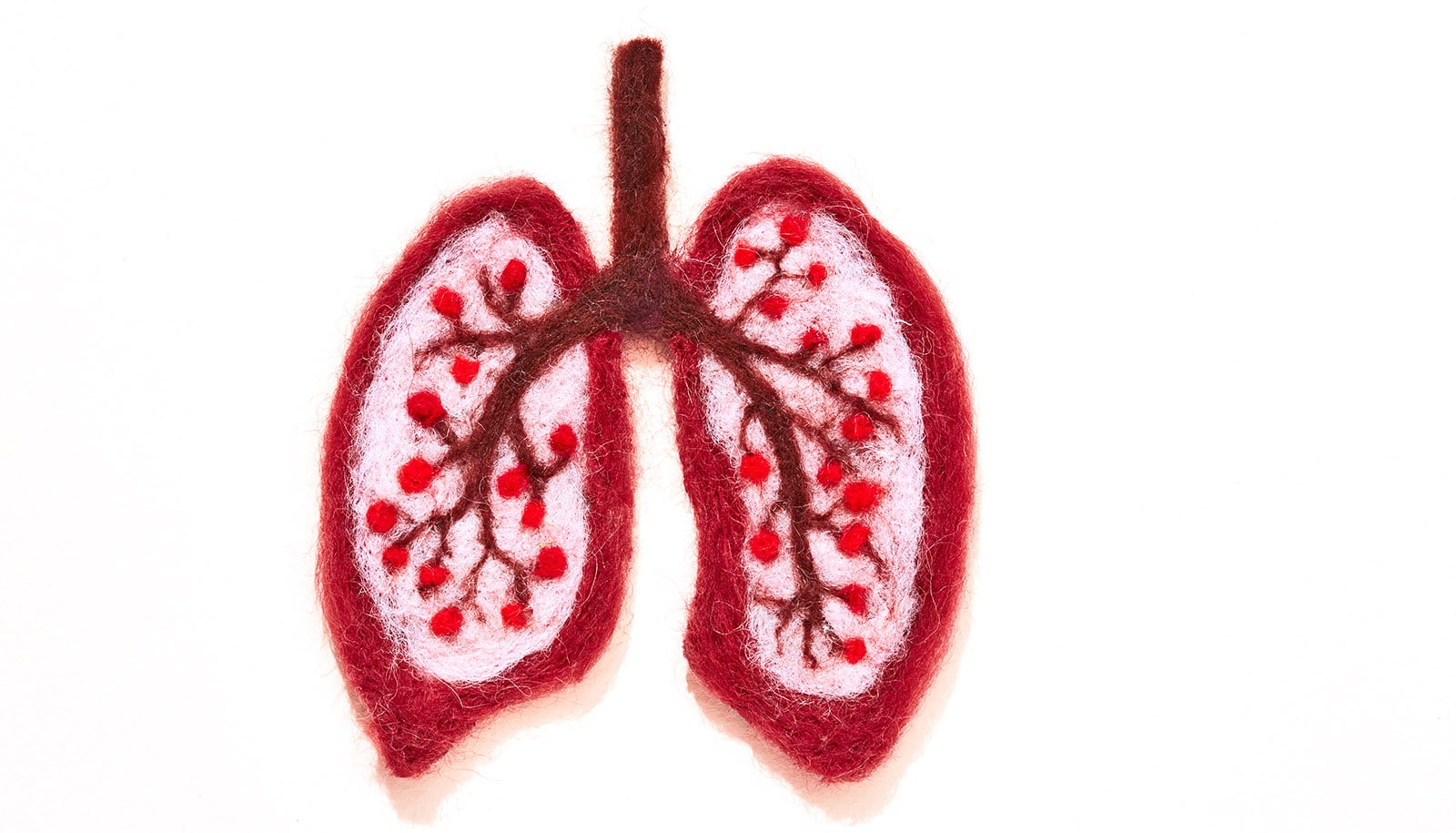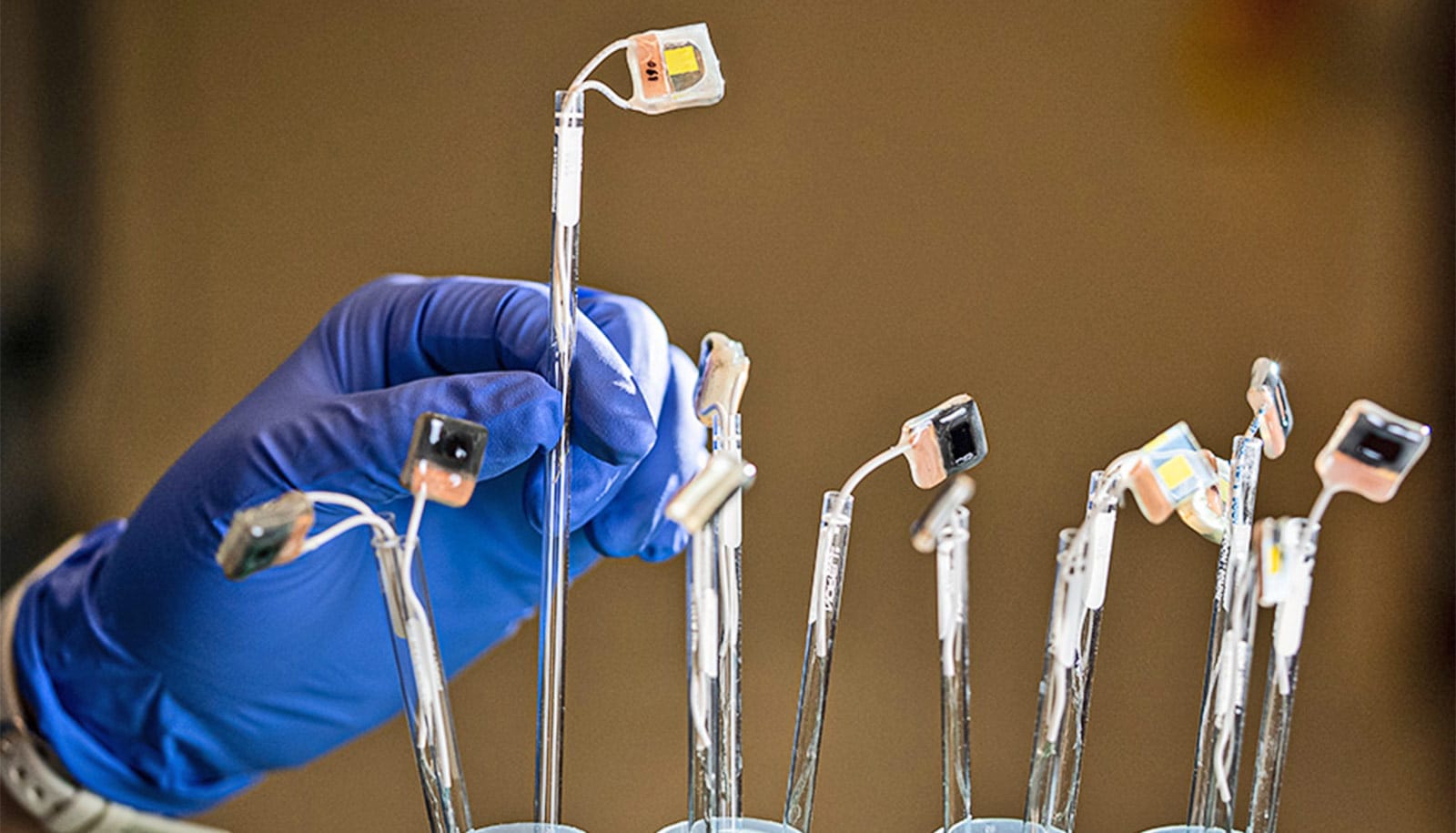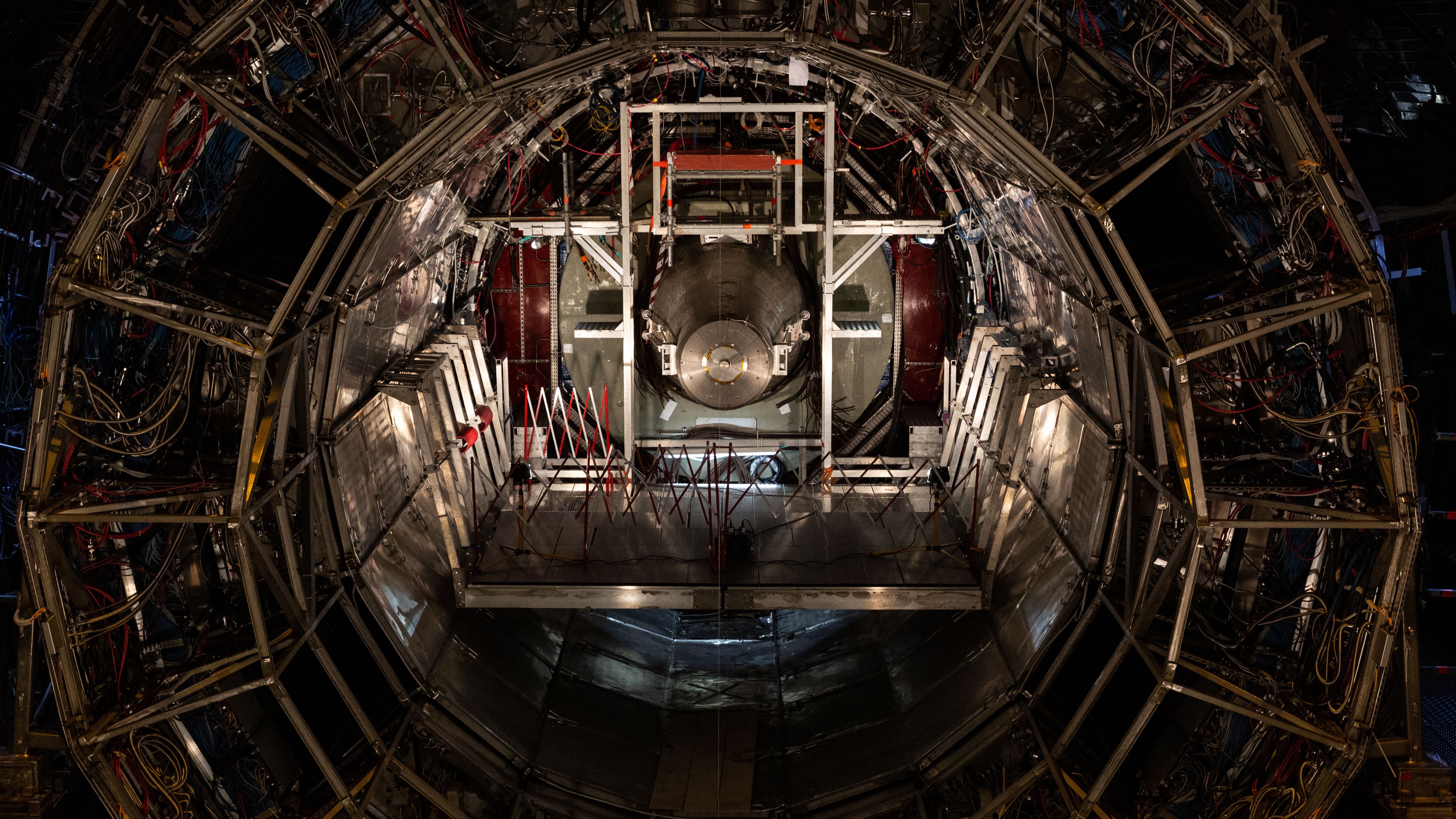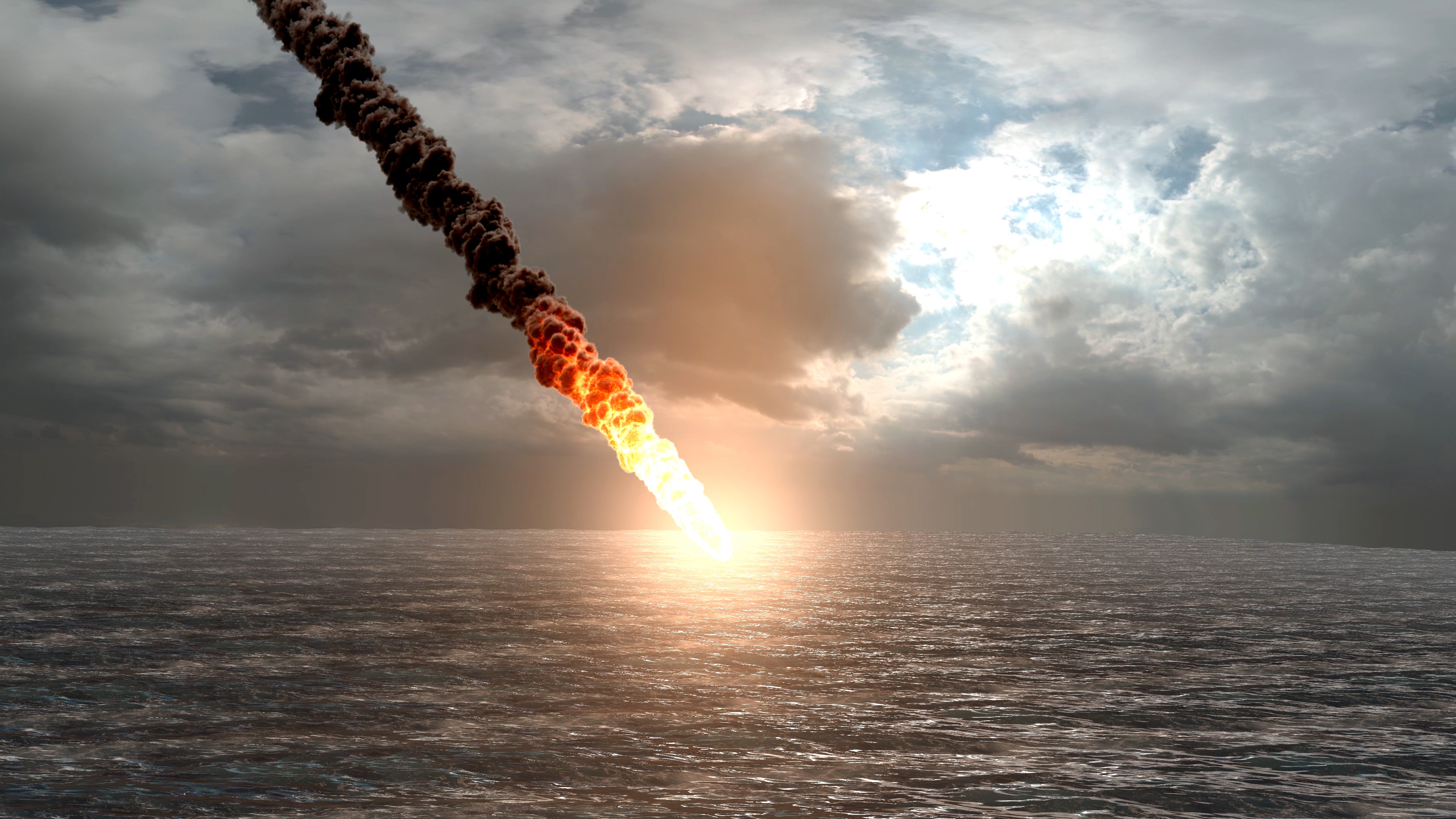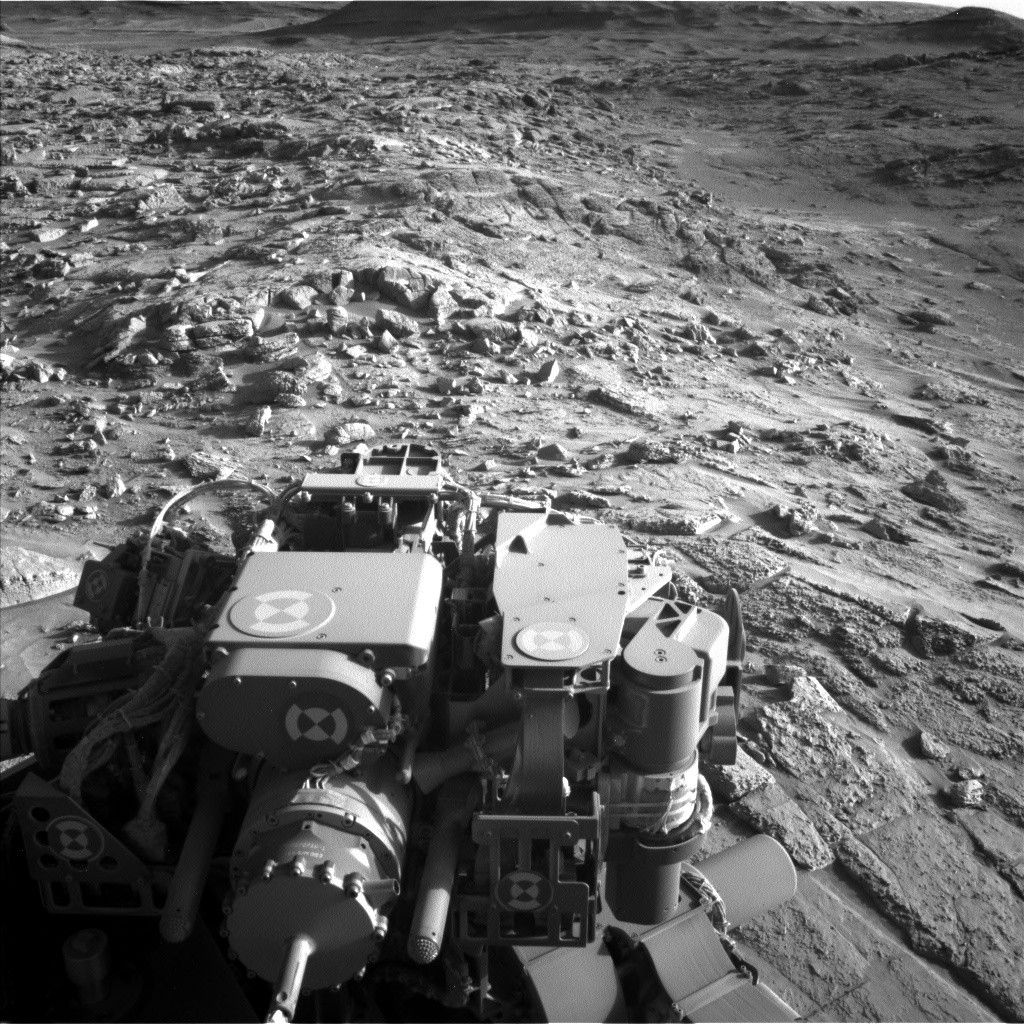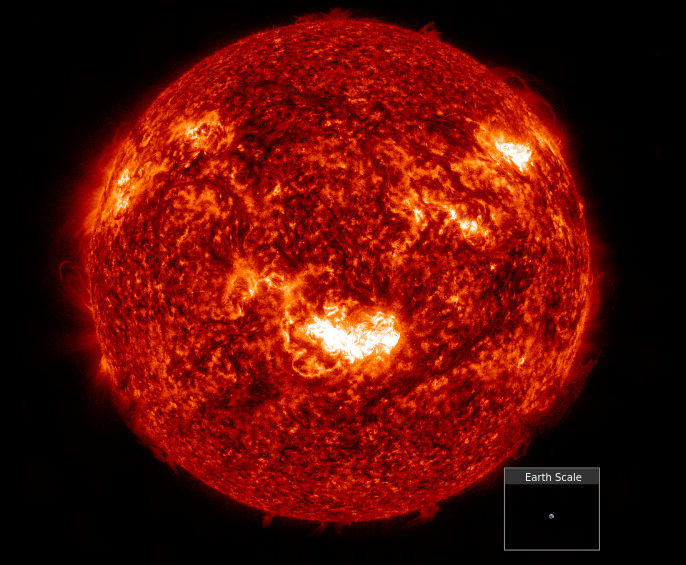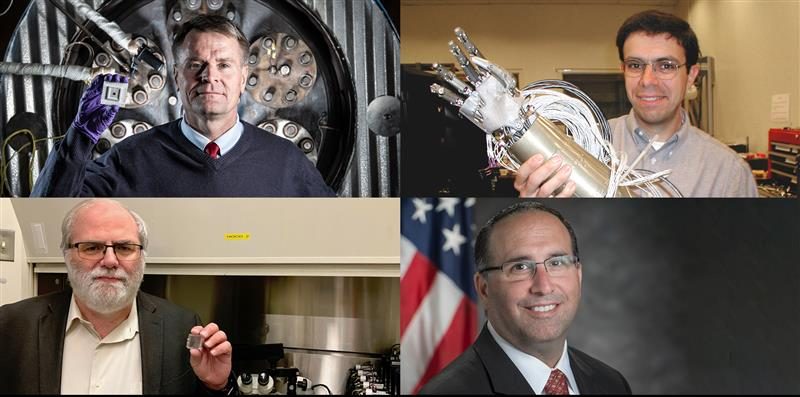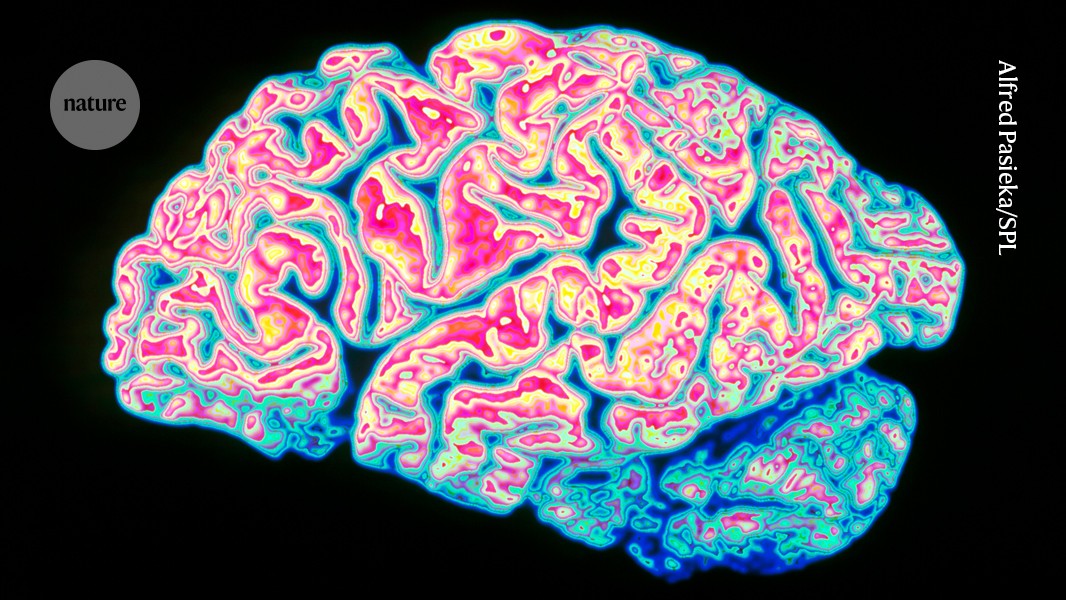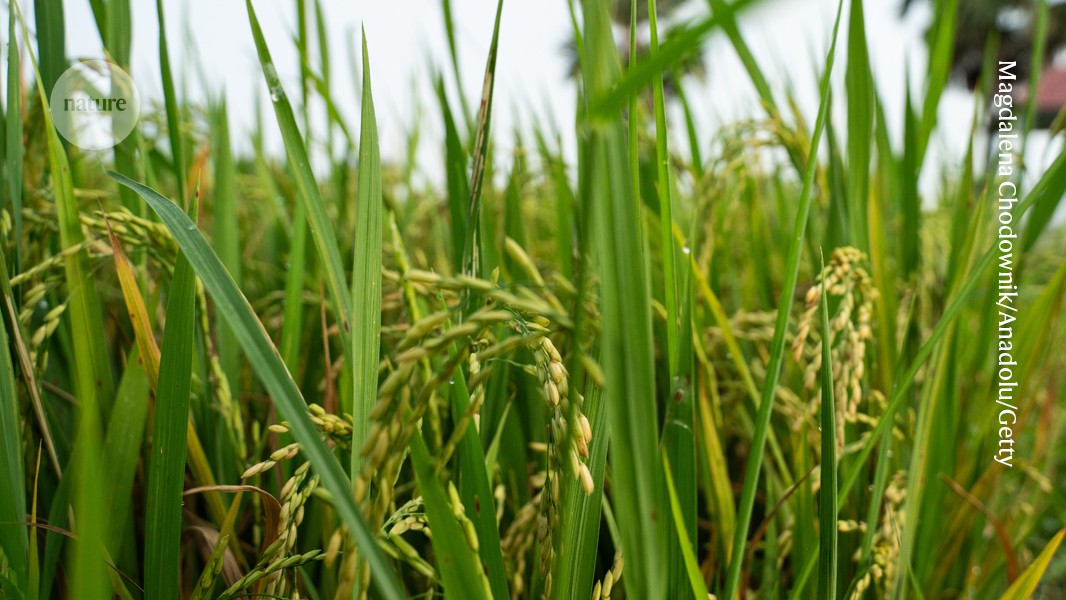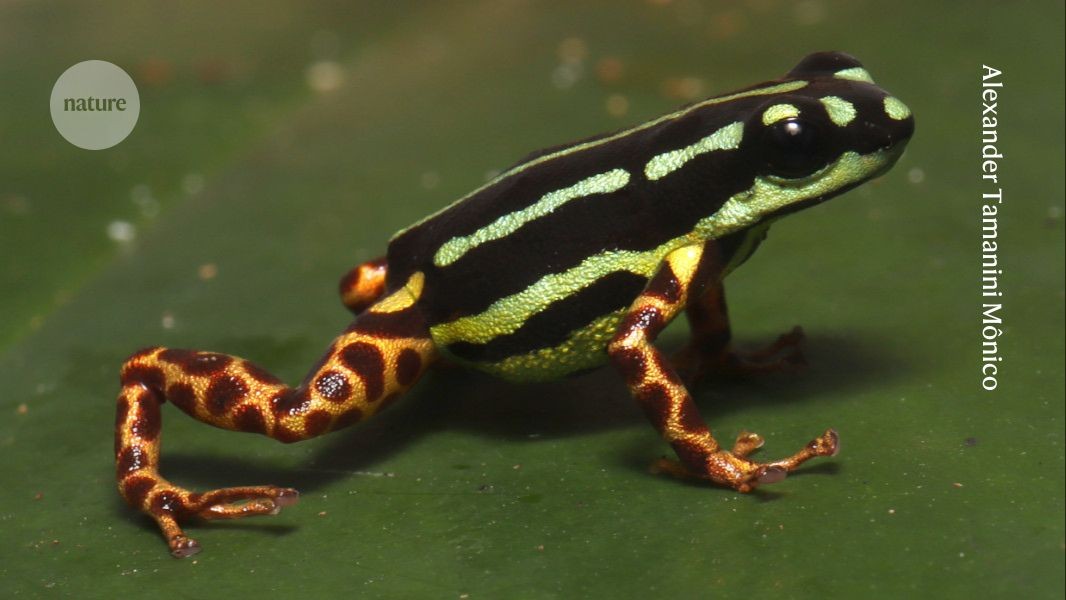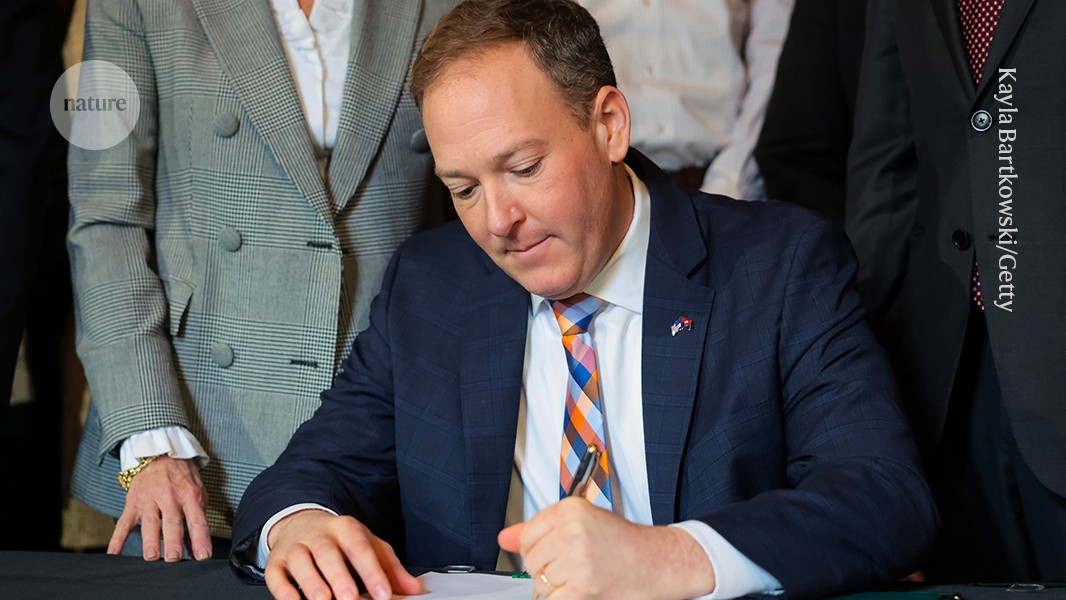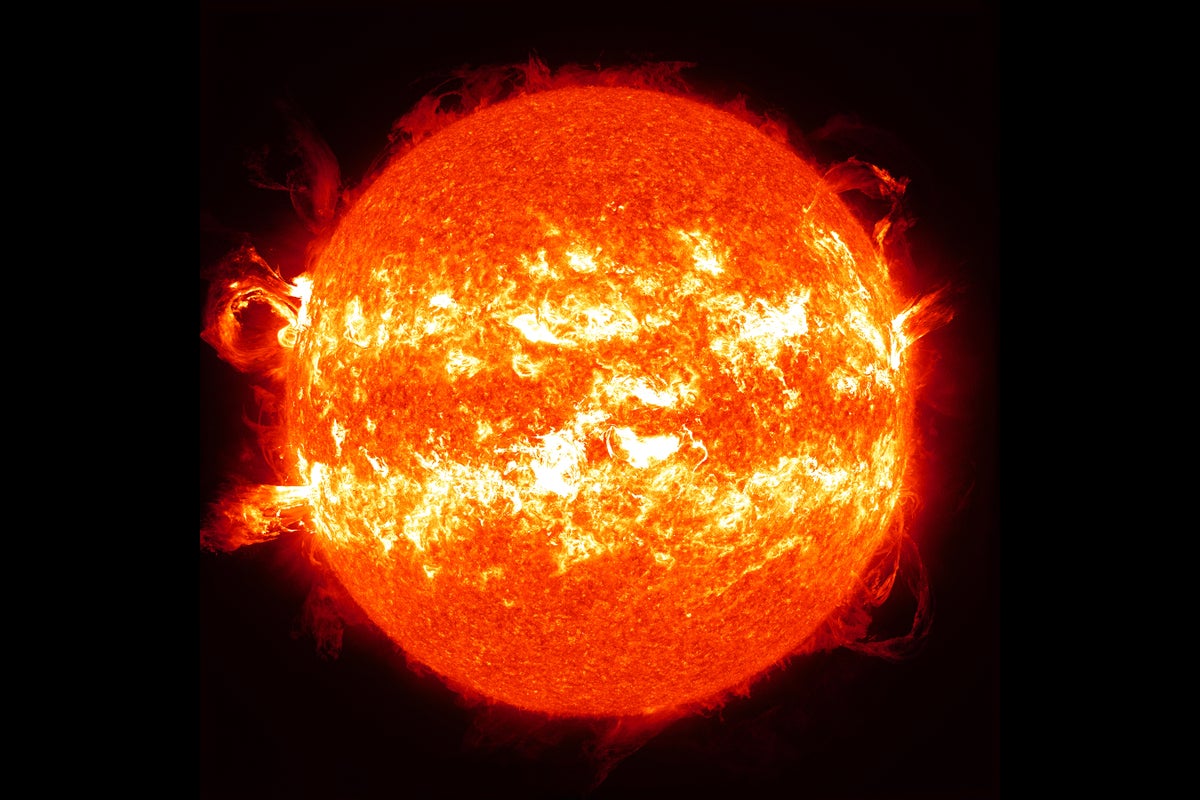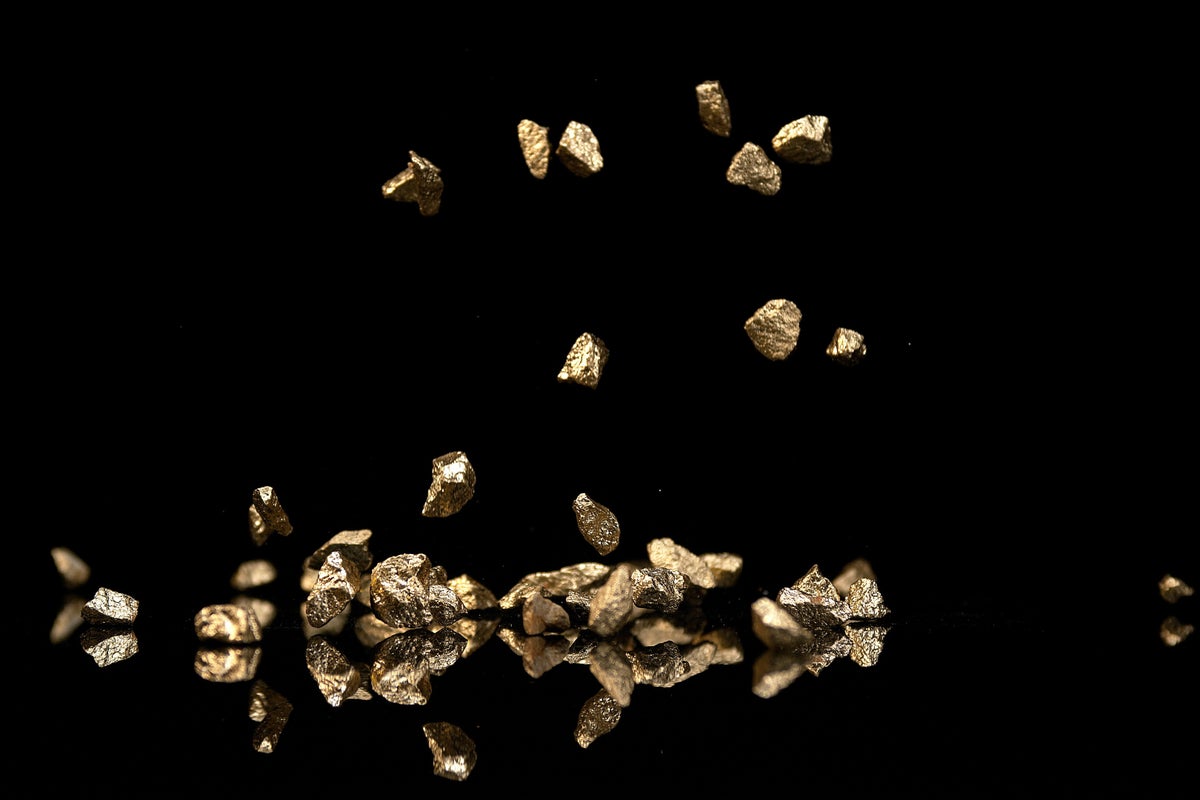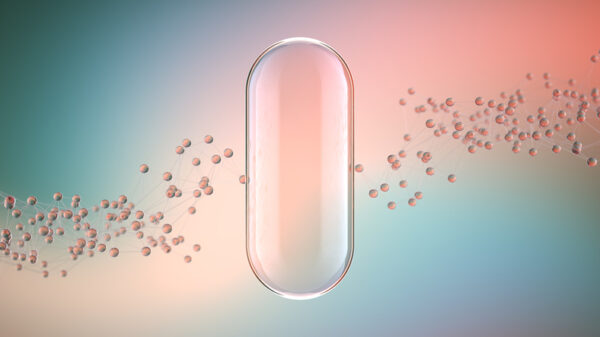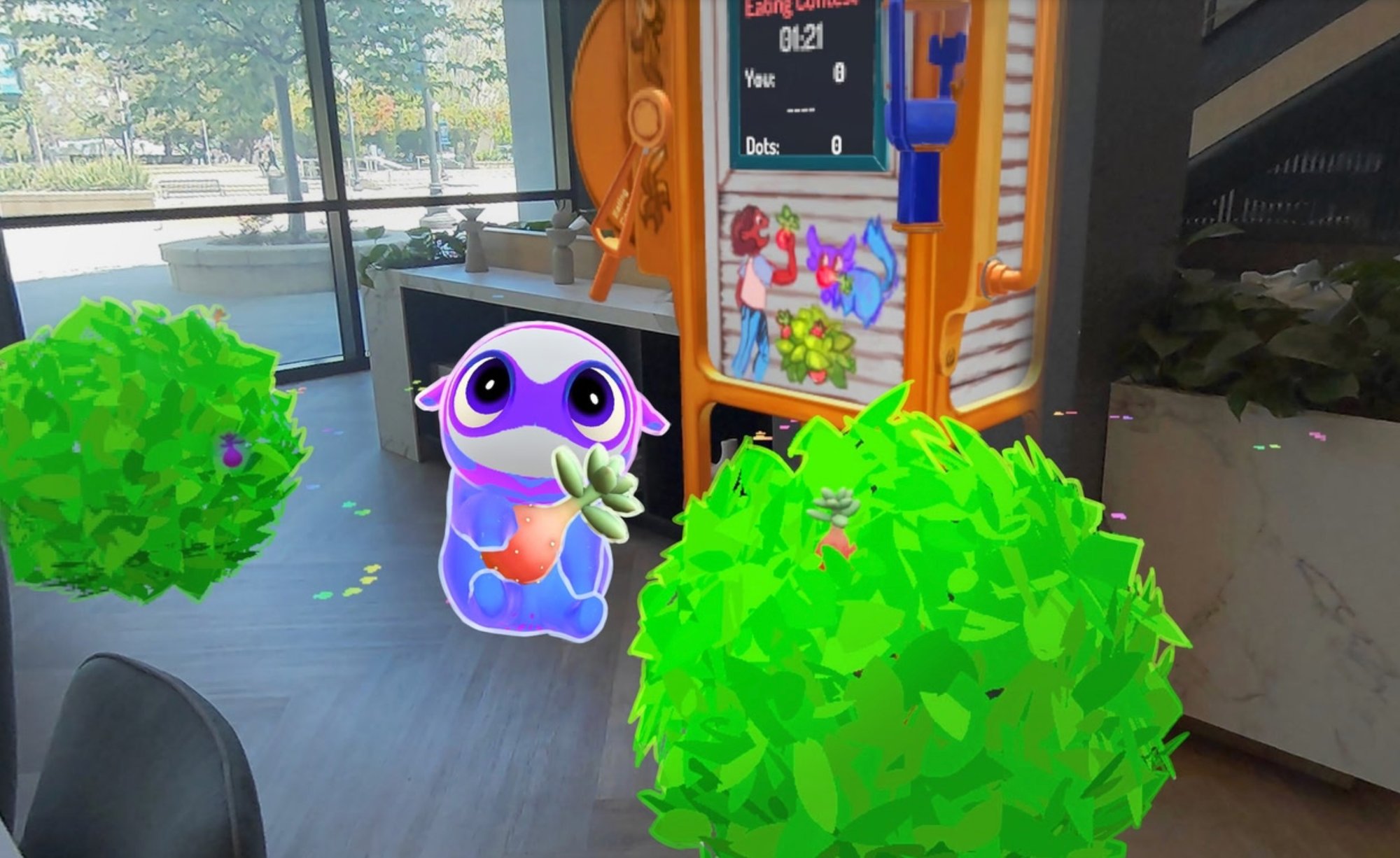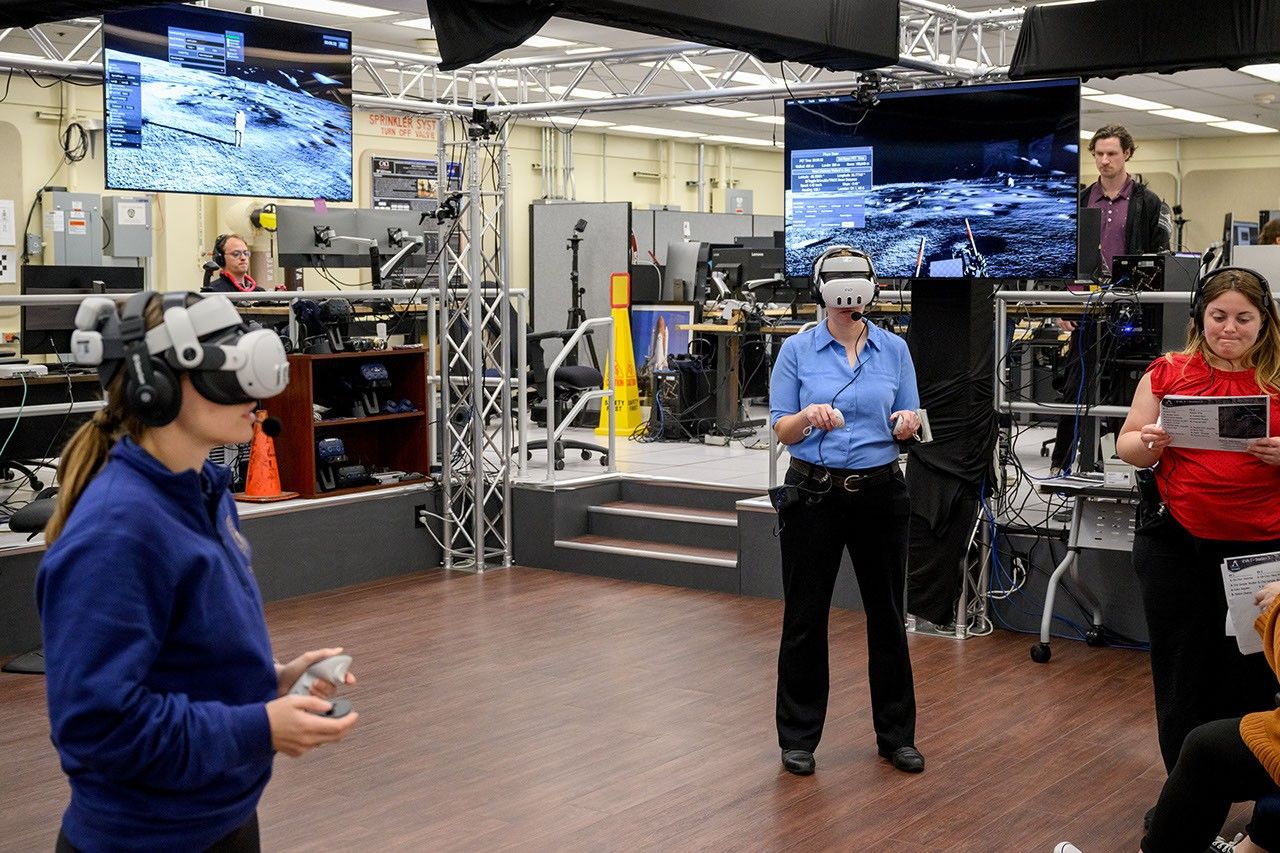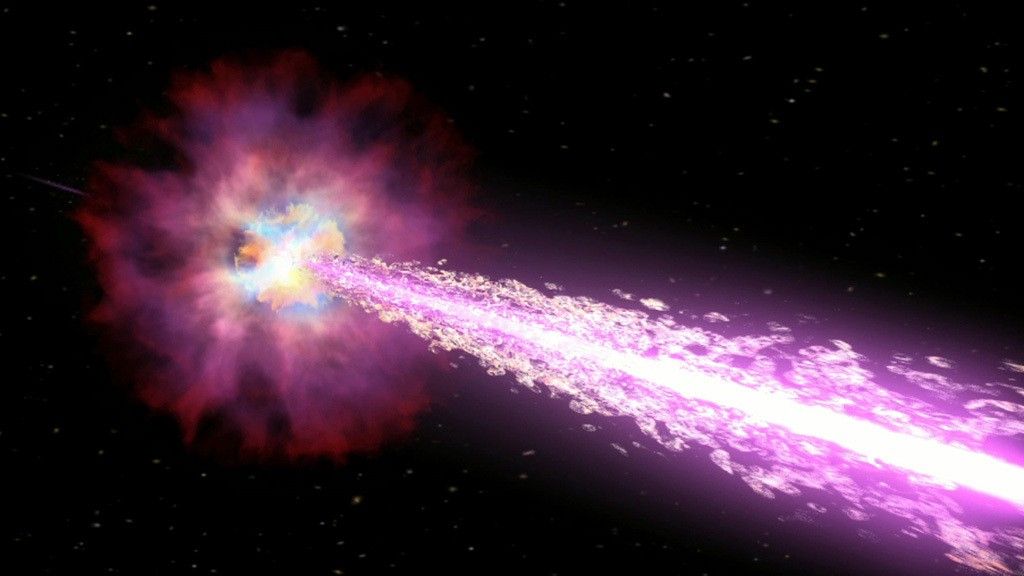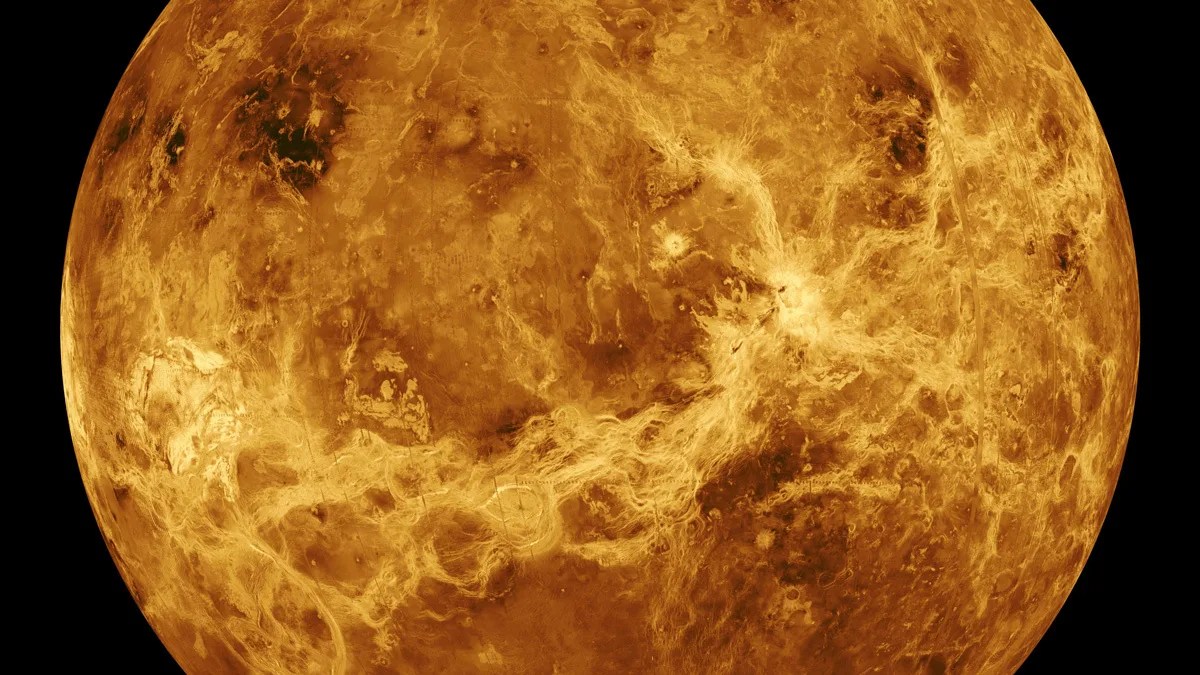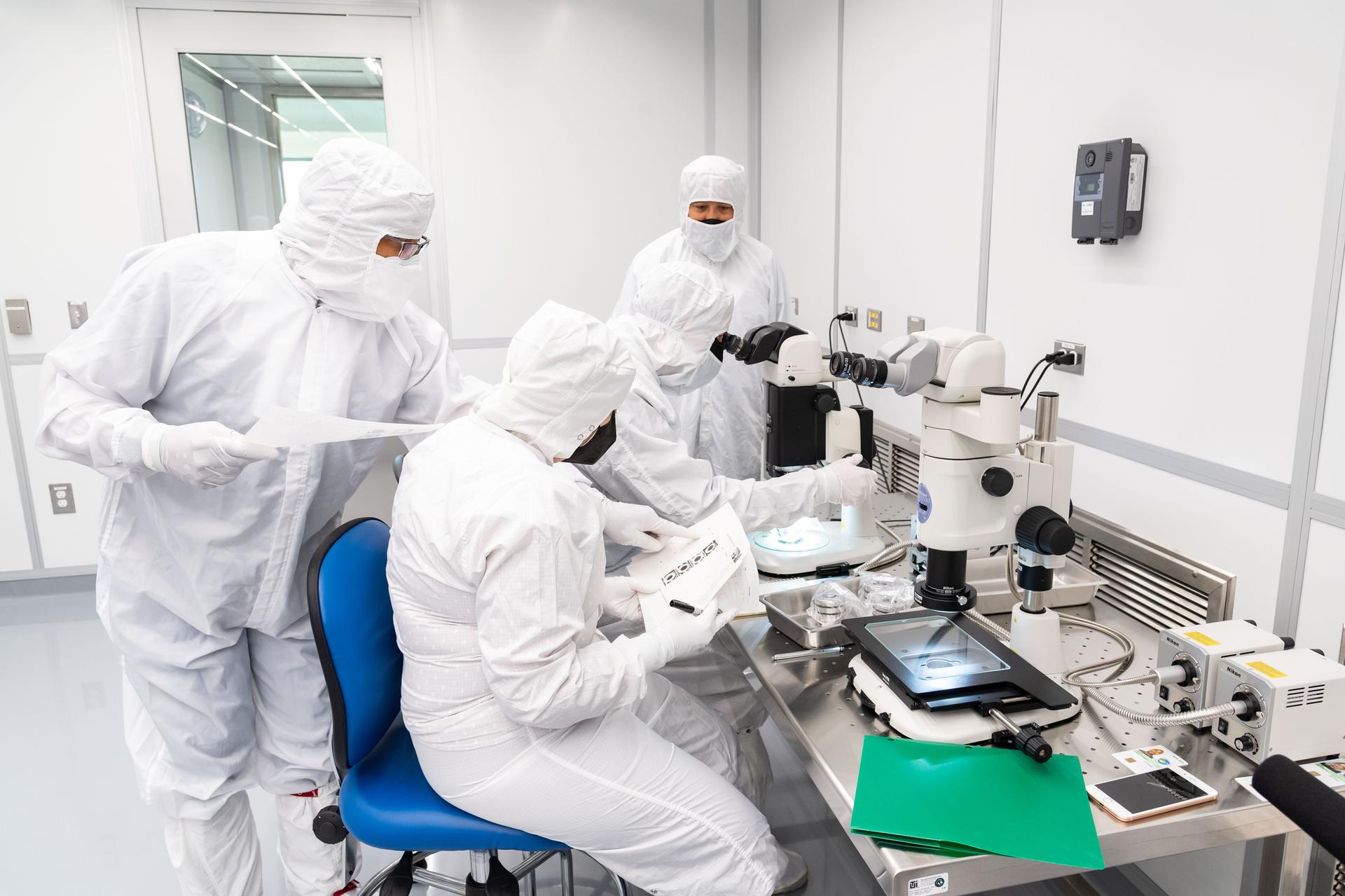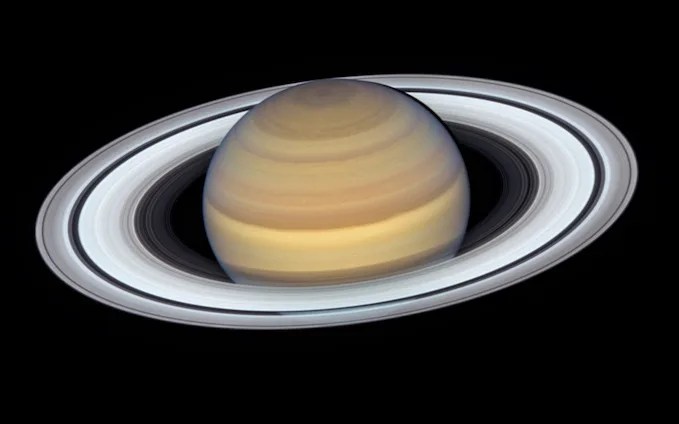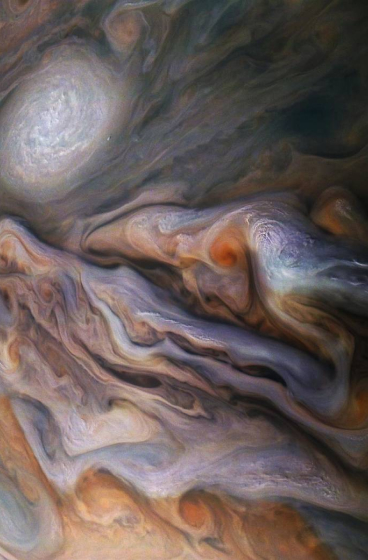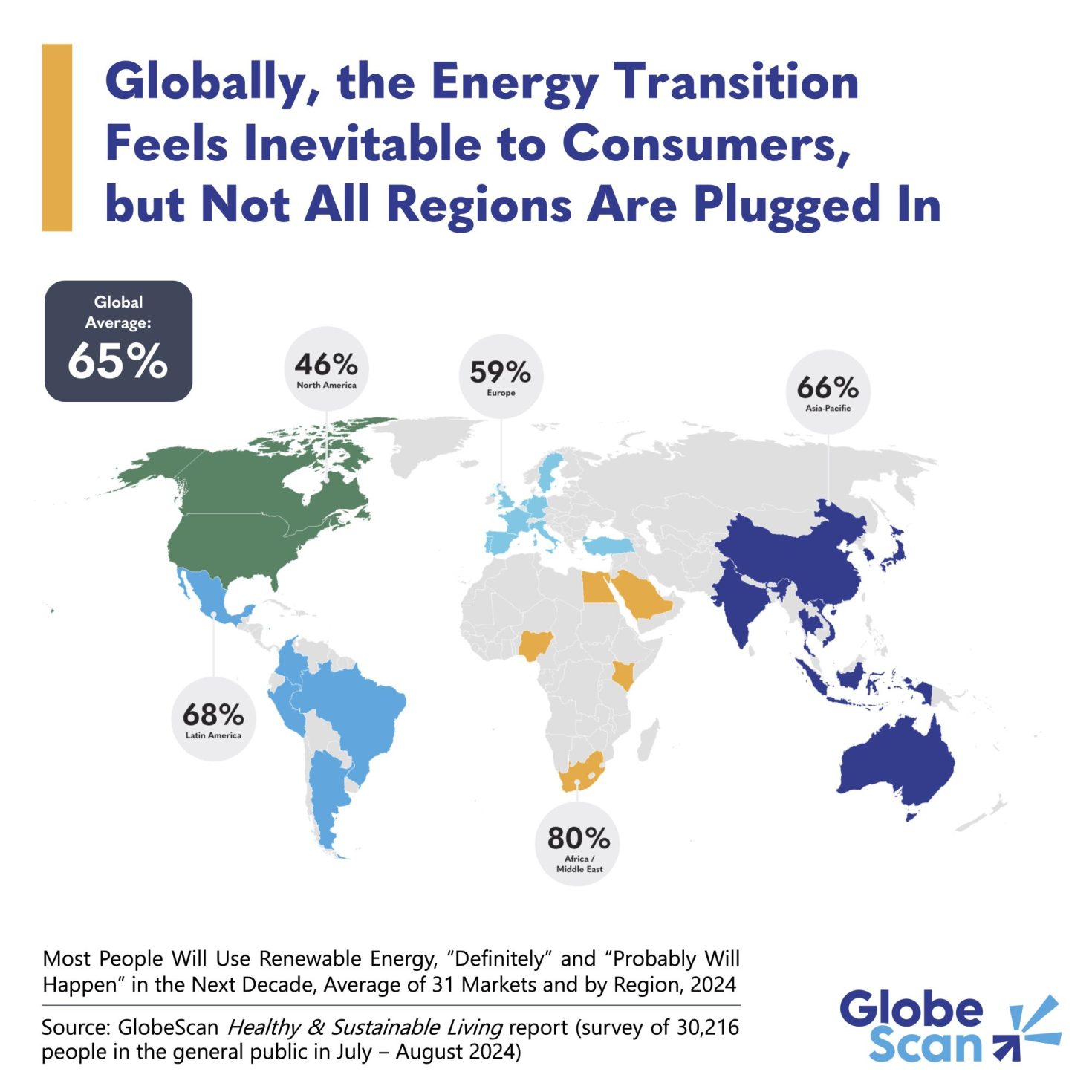NASA Study Reveals Venus Crust Surprise
New details about the crust on Venus include some surprises about the geology of Earth’s hotter twin.
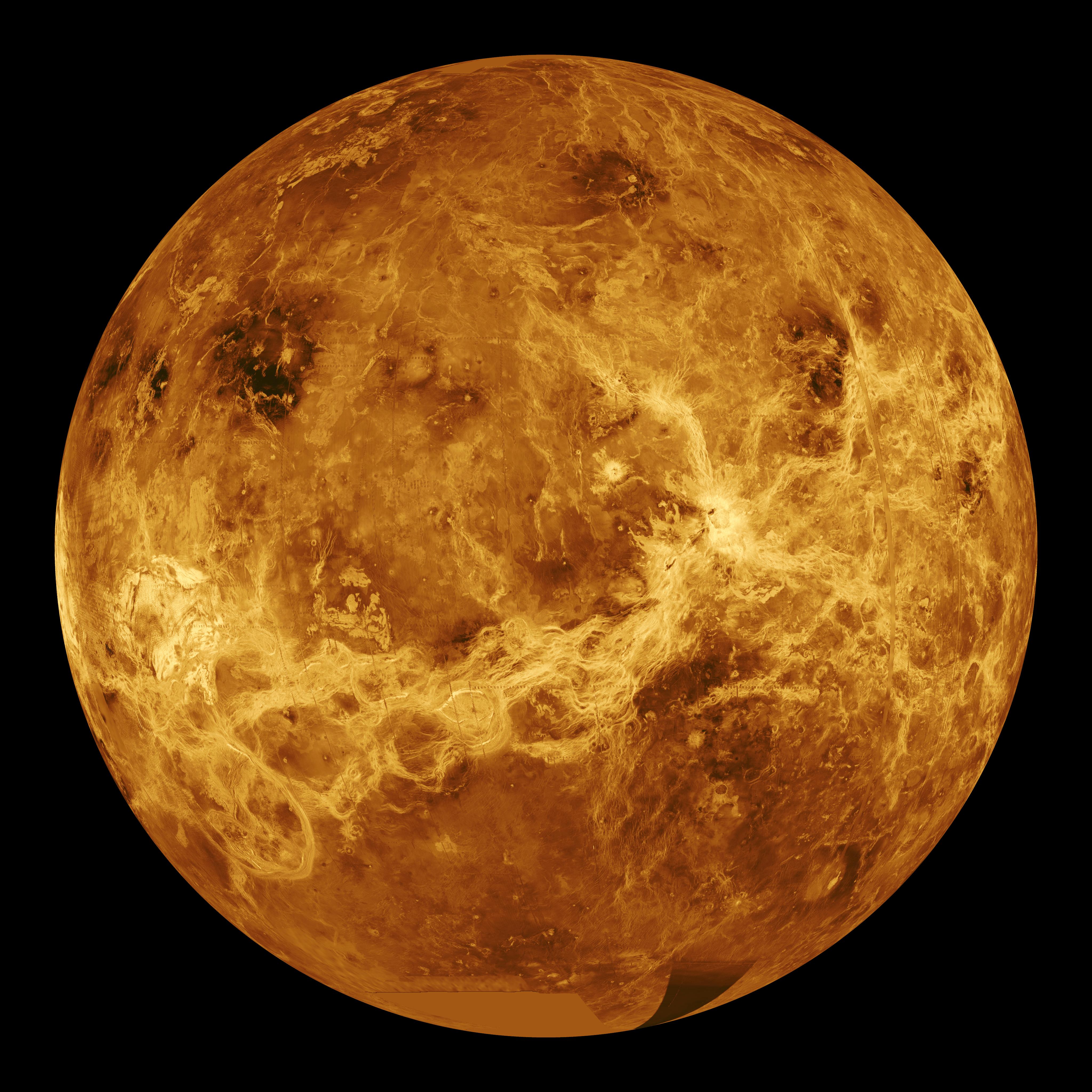
3 min read
NASA Study Reveals Venus Crust Surprise
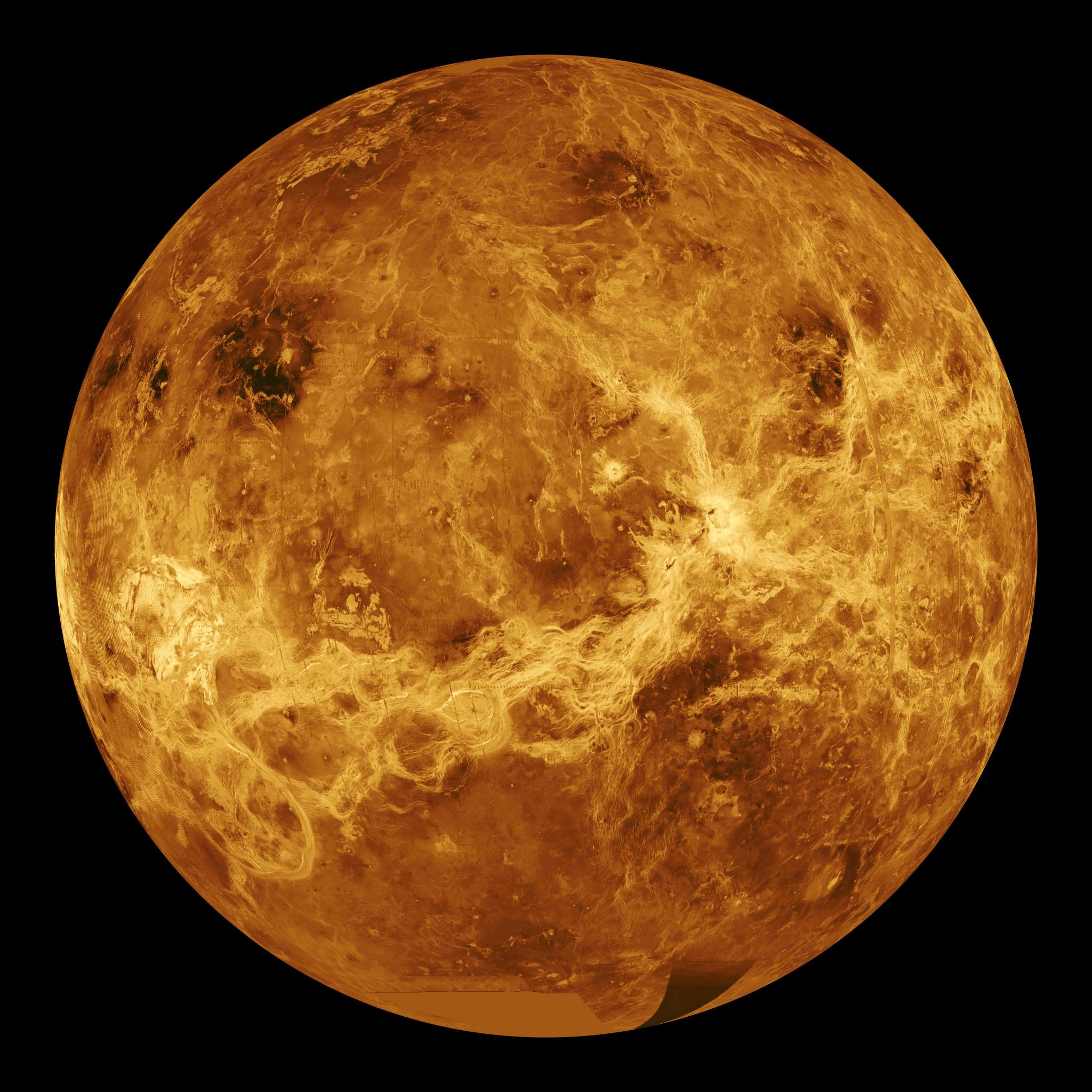
New details about the crust on Venus include some surprises about the geology of Earth’s hotter twin, according to new NASA-funded research that describes movements of the planet’s crust.
Scientists expected the outermost layer of Venus’ crust would grow thicker and thicker over time given its apparent lack of forces that would drive the crust back into the planet’s interior. But the paper, published in Nature Communications, proposes a crust metamorphism process based on rock density and melting cycles.
Earth’s rocky crust is made up of massive plates that slowly move, forming folds and faults in a process known as plate tectonics. For example, when two plates collide, the lighter plate slides on top of the denser one, forcing it downward into the layer beneath it, the mantle. This process, known as subduction, helps control the thickness of Earth’s crust. The rocks making up the bottom plate experience changes caused by increasing temperature and pressure as it sinks deeper into the interior of the planet. Those changes are known as metamorphism, which is one cause of volcanic activity.
In contrast, Venus has a crust that is all one piece, with no evidence for subduction caused by plate tectonics like on Earth, explained Justin Filiberto, deputy chief of NASA’s Astromaterials Research and Exploration Science Division at NASA’s Johnson Space Center in Houston and a co-author on the paper. The paper used modeling to determine that its crust is about 25 miles (40 kilometers) thick on average and at most 40 miles (65 kilometers) thick.
“That is surprisingly thin, given conditions on the planet,” said Filiberto. “It turns out that, according to our models, as the crust grows thicker, the bottom of it becomes so dense that it either breaks off and becomes part of the mantle or gets hot enough to melt.” So, while Venus has no moving plates, its crust does experience metamorphism. This finding is an important step toward understanding geological processes and evolution of the planet.
“This breaking off or melting can put water and elements back into the planet’s interior and help drive volcanic activity,” added Filiberto. “This gives us a new model for how material returns to the interior of the planet and another way to make lava and spur volcanic eruptions. It resets the playing field for how the geology, crust, and atmosphere on Venus work together.”
The next step, he added, is to gather direct data about Venus’ crust to test and refine these models. Several upcoming missions, including NASA’s DAVINCI (Deep Atmosphere Venus Investigation of Noble gases, Chemistry, and Imaging) and VERITAS (Venus Emissivity, Radio Science, InSAR, Topography, and Spectroscopy) and, in partnership with ESA (European Space Agency), Envision, aim to study the planet’s surface and atmosphere in greater detail. These efforts could help confirm whether processes like metamorphism and recycling are actively shaping the Venusian crust today—and reveal how such activity may be tied to volcanic and atmospheric evolution.
“We don’t actually know how much volcanic activity is on Venus,” Filiberto said. “We assume there is a lot, and research says there should be, but we’d need more data to know for sure.”
Melissa Gaskill
NASA Johnson Space Center
Media Contacts:
Karen Fox / Molly Wasser
Headquarters, Washington
202-358-1600
karen.c.fox@nasa.gov / molly.l.wasser@nasa.gov
Victoria Segovia
NASA’s Johnson Space Center
281-483-5111
victoria.segovia@nasa.gov













